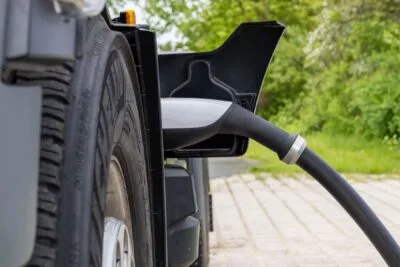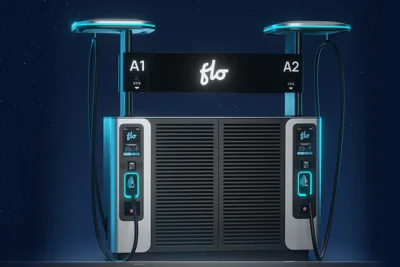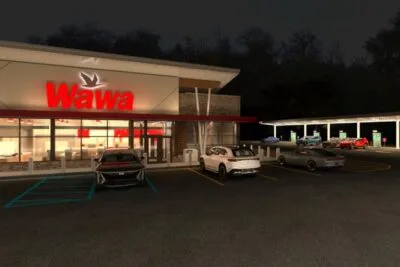Australia sets reliability standards on fast chargers
According to the Australian EV news website The Driven, new DC charging stations built with public funding must offer a charging uptime of 98% from next year onwards. EV charger uptime is a term to reflect the percentage of time that an EV driver can arrive at a charging station, plug in their vehicle, and successfully charge it. This means Australian charging stations supported by government funding must show 98% reliability. This is a similarly high requirement as in the USA with 97 per cent and the UK with 99 per cent.
Other changes in Australia include the requirement that every site receiving government funding must offer at least two DC stations with two connections each. At least 70 per cent of each DC fast charging site must also include Combined Charging System (CCS) Type 2 plug connectors, since Chademo is now rarely used beyond Nissan Leafs.
In addition, the parking bay must be long and wide enough to allow larger vehicles and cater to vehicles with a charging port at the front, side or rear to charge. Stations with 150 kW or more, are required to have at least one “drive-through” parking space for larger vehicles or electric cars with trailers. At least one parking space per location must also meet the standards for barrier-free parking spaces. Fast charging reliability also includes stipulations about a standardized payment system.
“Minimum operating standards will help to simplify administration, combat range anxiety and send a strong signal to charge point operators about basic requirements,” quotes The Driven from a statement from Australian Energy Minister Chris Bowen.
Australia has its own internationally renowned home-grown fast charging station specialist Tritium, based in Brisbane, but Tritium recently pivoted its manufacturing operations from its home country of Australia to the USA, where, in September this year, reports of a lack of charging reliability prompted the Biden-Harris administration to announce a $100 million program to help US states and government agencies repair and upgrade level 2 alternating current (AC) chargers and direct current (DC) fast chargers. Tritium intends to make the most of this and published information about the US push for charger reliability with an overview of US government funding. Tritium recently announced reaching 98 per cent uptake in a UK community and 97 per cent on the Evie Community in Australia.
The new stipulations in Australia for government-supported fast chargers do not yet concern existing subsidy projects but will be made standard for future subsidies. According to The Driven, all authorities reserve the right to “change the requirements for individual sites if compliance is prohibitively expensive or impractical”.
“This consists of collaborating on cost strategies, accessibility, and common chargers in order that EV drivers can entry a handy, reasonably priced, and equitable nationwide charging community,” as was cited from the Minister’s press statement quoted by The Driven. “Minimal working requirements will assist simplify administration, handle vary nervousness and ship a powerful sign to Cost Level Operators on baseline necessities.”
Earlier this year, the Australian federal government announced plans to invest $70 million in grant funding for charging infrastructure to be administered through the Australian Renewable Energy Agency (ARENA).





0 Comments